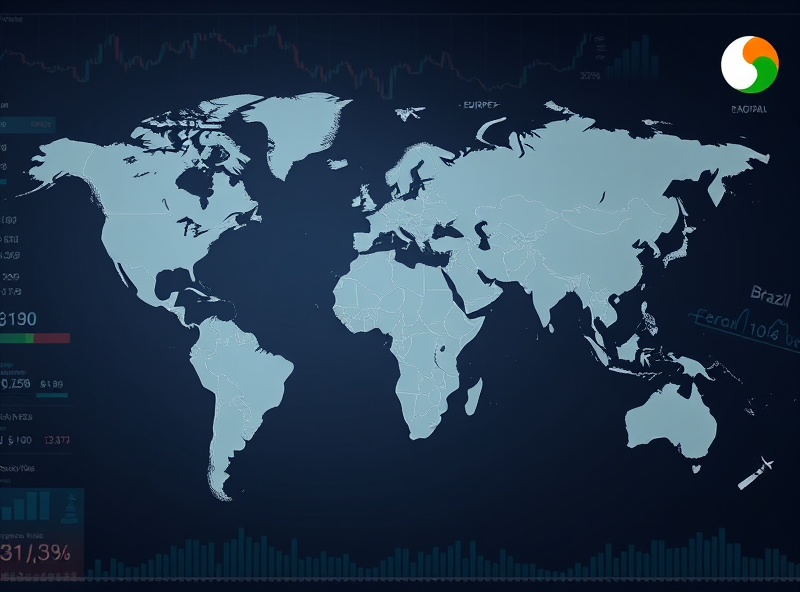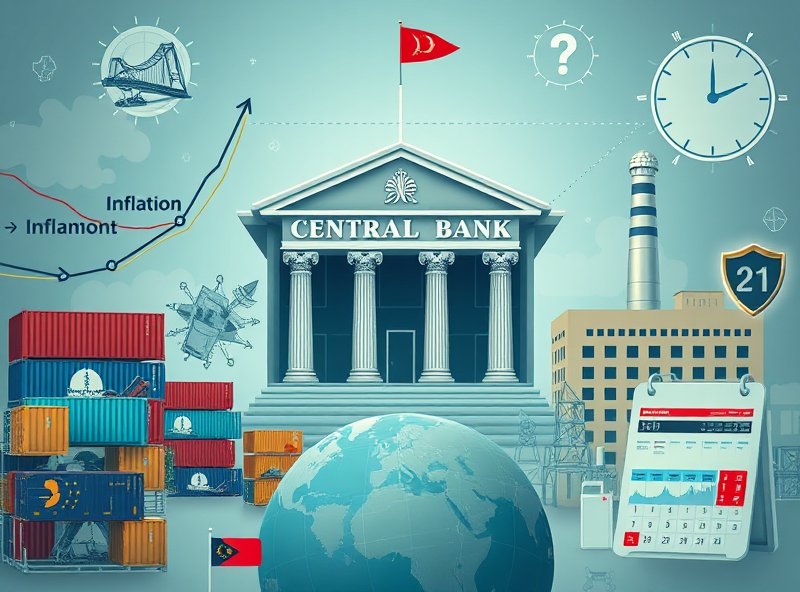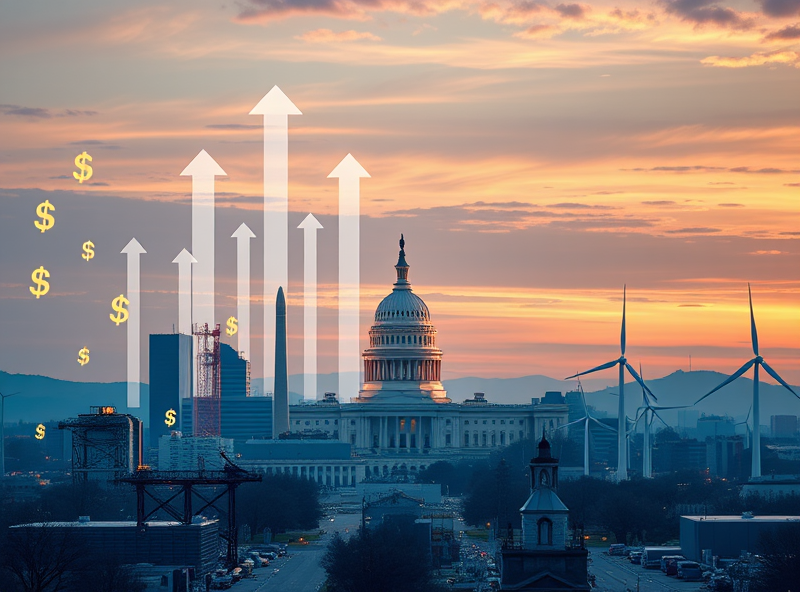Aggressive Monetary Policies: Regional Differences

Central banks around the world are adopting aggressive monetary policies to combat inflation, but their approaches vary significantly depending on regional economic conditions and priorities. For instance, in the United States, the Federal Reserve has been implementing sharp interest rate hikes to cool down consumer spending and curb inflation. Meanwhile, in the Eurozone, the European Central Bank (ECB) has been more cautious, balancing inflation control with concerns about economic growth in weaker member states. In emerging markets like Brazil and India, central banks have also raised interest rates, but they face unique challenges such as currency stability and external debt pressures. These regional differences highlight the complexity of tackling inflation in a globally interconnected economy. Understanding these variations can help individuals and businesses make informed financial decisions, whether it’s about investments, loans, or savings strategies.
Fiscal Policies: Supporting Imports and Stabilizing Prices

Inflation can be a tricky challenge for any economy, and central banks often rely on fiscal policies to address it. One effective way governments support their economies during inflationary periods is by stabilizing prices through import strategies. By reducing tariffs or offering subsidies for essential imported goods, governments can help lower the cost of products that are vital for everyday life, such as food, fuel, and medical supplies. This not only makes these goods more affordable for consumers but also helps curb inflationary pressures. Additionally, by diversifying import sources, countries can avoid over-reliance on a single supplier, ensuring a steady flow of goods even during global disruptions. These measures work hand-in-hand with monetary policies to create a balanced approach to inflation control, ultimately supporting economic stability and improving the quality of life for citizens.
Challenges: Supply Shocks and Stagflation Risks

When central banks aim to control inflation, they often face two significant challenges: supply shocks and the risk of stagflation. Supply shocks occur when unexpected disruptions, such as natural disasters, geopolitical tensions, or pandemics, limit the availability of essential goods. These disruptions can drive up prices, making it harder for central banks to stabilize inflation without harming economic growth.
Stagflation, on the other hand, is a particularly tricky situation where high inflation coincides with stagnant economic growth and rising unemployment. This combination creates a dilemma for policymakers. For instance, raising interest rates to curb inflation might further slow economic growth, while keeping rates low could allow inflation to spiral out of control.
Understanding these challenges is crucial for anyone looking to grasp the complexities of modern economic policies. For individuals, this knowledge can also help in making informed financial decisions, such as managing personal investments or preparing for potential economic downturns. By staying informed, you can better navigate the ripple effects of these macroeconomic shifts on your daily life.
Recent Policy Shifts: Rate Cuts and The Pivot

In recent months, central banks around the world have been making notable shifts in their monetary policies, particularly through rate cuts and what many experts are calling ‘the pivot.’ These changes come as a response to slowing economic growth and the need to balance inflation control with economic stability. For years, central banks have relied on raising interest rates to curb inflation. However, as global economies show signs of strain, some central banks are now reversing course by cutting rates to stimulate growth.
This shift is significant because it reflects a delicate balancing act. Rate cuts can make borrowing cheaper, encouraging businesses to invest and consumers to spend, which can help revive sluggish economies. However, they also carry the risk of reigniting inflation if not managed carefully. For individuals, this could mean lower mortgage rates or cheaper loans, but it also requires careful financial planning to navigate potential economic uncertainties. Staying informed about these policy changes can help you make smarter financial decisions, whether you’re considering a major purchase, investment, or simply planning your household budget.



